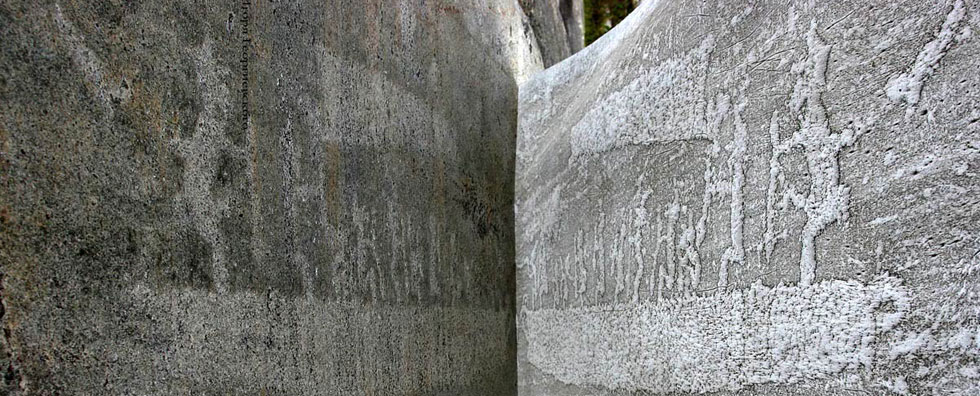
Issue №1, Vol. 21
Zorin M., Dolzhikov I., Yudilevich A., Krivosheev A., Kunitskaya O., Mikhailova L. Experimental study of the forest machine mover impact on the reinforced composite base // Resources and Technology. 2024. №1, Vol. 21. P. 1‒25.
DOI: 10.15393/j2.art.2024.7323
Experimental study of the forest machine mover impact on the reinforced composite base
| Zorin Maxim | Voronezh State Forestry Engineering University named after G.F. Morozov, mr.maks489@yandex.ru |
| Dolzhikov Ilya | St. Petersburg State University of Architecture and Civil Engineering, idolzhikov222@mail.ru |
| Yudilevich Aleksandr | Bratsk State University, kafedra388@mail.ru |
| Krivosheev Andrey | Ukhta State Technical University, ugtukrivosheev@mail.ru |
| Kunitskaya Olga | Arctic State Agrotechnological University, ola.ola07@mail.ru |
| Mikhailova Lucia | Arctic State Agrotechnological University, lyutsiya.losotova@mail.ru |
|
Key words: forest roads; collapsible road surfaces; composite road base; primary forest transport; logging operations |
Summary: In recent years, large and medium-sized timber companies have begun to significantly equalize the volume of timber harvesting by season, switching almost to round-the-year harvesting and removal of wood, not counting the periods of road closures for drying. This is due to the need for uniform payments for the banking products they use, including for the purchase of forest machines, such as credit and leasing. At the same time, it is possible to objectively observe the results of global climate warming. For example, according to statistics, for the period from 1980 to 2020, i. e. for 40 years, the period of stable winter timber removal in the North-West of Russia has decreased by almost 3 weeks, and this is very significant. It is important to note that warming does not mean hot summers and warm winters. It may well be a cold summer with maximum precipitation and a frost-free, snow-free winter. The blurring of off-season periods is also becoming more and more characteristic. In other words, it can now be warm and damp almost all year round. The problem of rapid construction of a temporary road network in difficult conditions, with the help of collapsible coatings, has been learned to solve for a long time. However, the process of the forest machine mover impact on the reinforced composite base, which is a synthetic road mat and the underlying forest soil has not yet been studied. The article presents the methodology, equipment and results of experimental verification of a mathematical model of interaction of a wheel die-mover with a two-layer support surface, a model of a deformable plate placed on a pliable (Winkler) base. |
Displays: 612; Downloads: 327;




